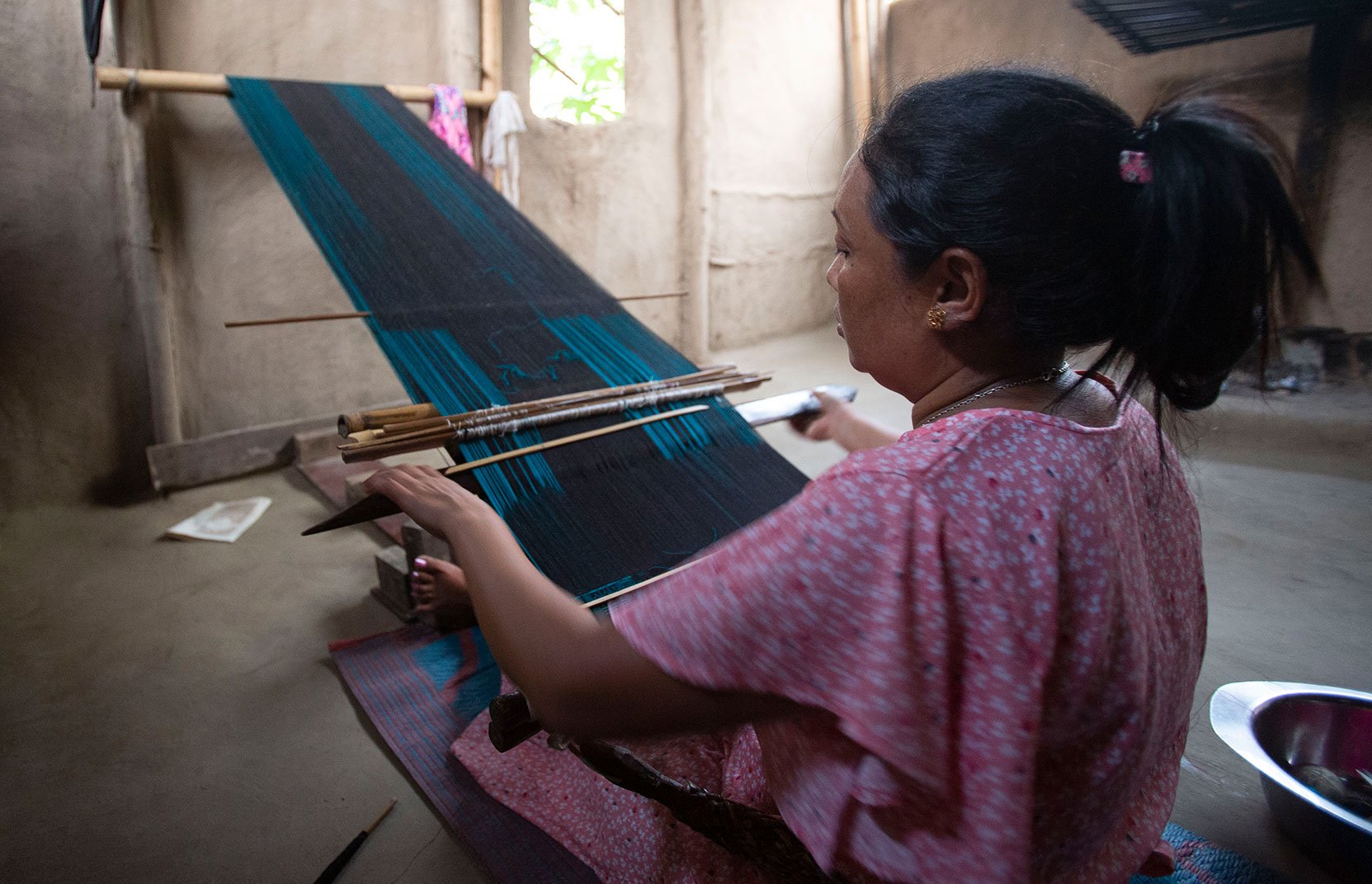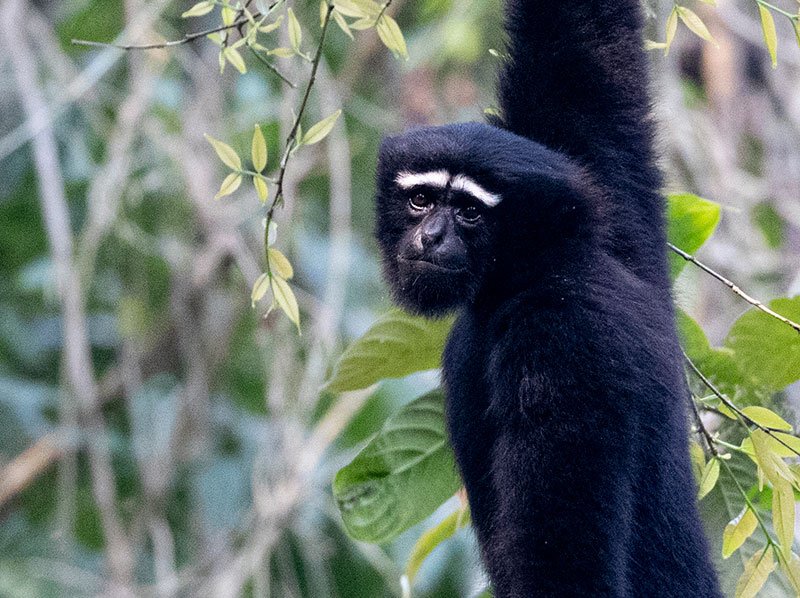A Journey to Kaziranga and Karbi Anglong with WildLandscapes
WildLandscapes Director of International Operations, Vanessa Stephen, recently travelled to North-eastern India for a site visit to an exciting ongoing project and to potentially seek new opportunities. Collaborating with the local NGO Aaranyak, WildLandscapes has been supporting their vital work in the Karbi Anglong Hills, nestled south of Assam's renowned Kaziranga National Park. Due to the challenges posed by the COVID-19 outbreak and monsoon seasons, this visit marked a long-awaited return to this important landscape. During her stay, Vanessa had the privilege of immersing herself in the Chandrasing Rongbi village in a homestay developed under the guidance of Aaranyak.
A biodiversity hotspot with 376+ plant species, 106 forest products, 200+ birds and 90+ butterflies
This area is an incredible biodiversity hotspot, boasting an impressive array of over 376 plant species, 106 non-timber forest products, 200+ bird and 90+ butterfly species recorded. It is also home to a rich diversity of larger wildlife, including rare and endangered species such as the Asian elephant, Bengal tiger, and greater one-horned rhinoceros. These species do very well in Kaziranga National Park, however when the monsoons come, the massive Brahmaputra River floods the park and much of the wildlife escape to the forested Karbi Anglong Hills to the south, where they come in contact with the local communities.
The people in these hills have a long tradition of living off the land and Aaranyak have been working closely with them to try to improve their livelihood options while alleviating pressure on natural resource use and rehabilitating sections of forest used for short-term agriculture. Within these villages lies a wealth of invaluable traditional knowledge and culture that is just as important to maintain. During a biodiversity Day hosted by Aaaranyak, it was discovered that one of the Jhum (slash and burn) farmers had a collection of seeds from about 170 different local, indigenous species.
While efforts are underway to mitigate the impact of Jhum farming and reduce its prevalence, great strides have been made in documenting, preserving and sharing this vital traditional knowledge. Similarly the traditional weaving projects are being supported and developed, emphasising the cultural imagery and narratives interwoven into each garment and artwork.
There is a strong focus on supporting and developing traditional weaving projects that highlight the rich cultural imagery and narratives woven into every garment and artwork.
Vermicompost
To supply the important indigenous plants that the villagers use, a nursery has been started, (staffed by villagers). These plants are used in their own homesteads and also in degraded areas of forest to boost rejuvenation. Seeds are distributed, soil conservation is addressed through the addition of vermicompost and once the produce is grown, the goods are bought at market rates, packaged and sold through the specifically created ‘Pirbi Store’. This ensures a fair price for produce, cuts out the middleman and can feed profits back into the landscape. The Pirbis Store will also sell locally weaved garments and goods made entirely by this community.
These and numerous other small-scale interventions are empowering women, expanding livelihood opportunities, promoting self-sufficiency, reducing slash-and-burn farming, restoring degraded areas and ultimately, reducing reliance on the forest. This combination of changes will allow for a peaceful coexistence with the wildlife that will be able to thrive in a healthy habitat.
What makes this project remarkable is that it extends beyond a single village; it is part of a long-term goal to create a network of community conservation corridors connecting protected areas across North-east India. The vision entails a continuous corridor, enabling a tiger from Bhutan to traverse Assam, pass through Nagaland, and reach Burma.
Aaranyak recognizes that the future of conservation lies with the people who inhabit the landscape. They will be the ones to ensure the future of the vast biodiversity and health of the ecosystem.
The Hoollongapar Gibbon Sanctuary contains India’s only gibbons – the hoolock gibbons, and Northeastern India’s only nocturnal primate – the Bengal slow loris.
As the goal encompasses connecting protected areas, Vanessa also briefly visited Nameri and Hoollongapar Gibbon Sanctuary in order to gain insights into the landscape and make initial assessments of the parks’ capacity needs. The protected areas, while serving their purpose, are subject to the dynamic nature of conservation, characterized by constant advancements and changes, often compounded by a lack of adequate funding. Given the chance to contribute towards the long-term vision of establishing a Bhutan to Burma corridor, WildLandscapes is keen on exploring any opportunities to provide support and enhance capacity in pursuit of this goal.
Stay tuned for more updates on this remarkable journey and the unfolding chapters of our partnership.
Vanessa Stephen is the Director of International Operations with WildLandscapes International, based in South Africa.





